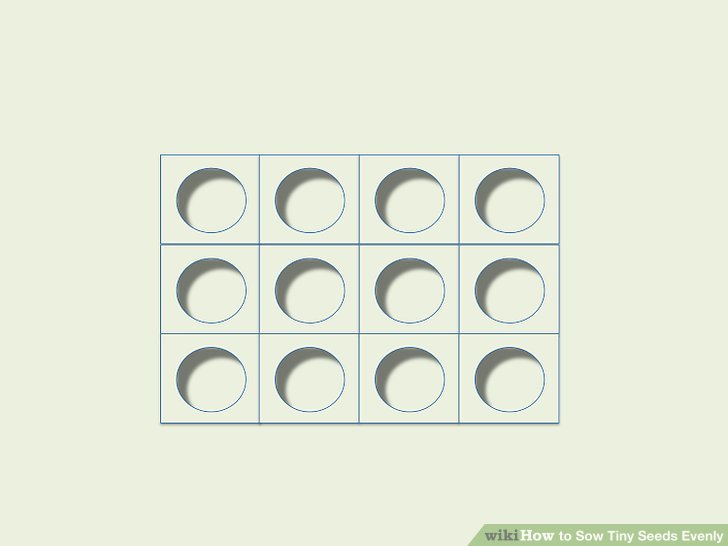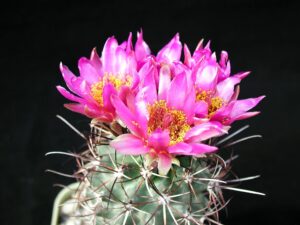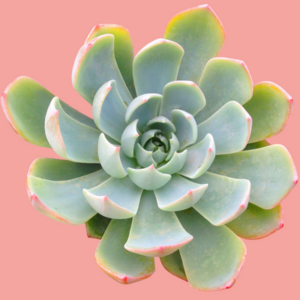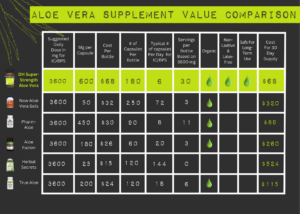When engaging with the intricate world of horticulture, the delight of sowing tiny seeds beckons not only for novice gardeners but also for seasoned green thumbs seeking new challenges. This process can transform a garden into a verdant masterpiece, brimming with exquisite flora. Delving into the nuances of sowing tiny seeds offers insights that alter one’s approach to gardening entirely.
Understanding the Importance of Seed Size
Seed size plays a pivotal role in horticultural endeavors. Tiny seeds, often mere specks, possess unique characteristics that demand special attention. Their diminutive stature often indicates specific germination requirements. For instance, many tiny seeds require light for germination, necessitating a surface sowing method rather than traditional deep planting. It is essential to recognize that these seeds often belong to delicate plants that thrive under particular conditions, such as moisture and appropriate temperature. Comprehending the life cycles of these plants assists in devising suitable soil structures, light exposure, and watering schedules.
The Variety in Tiny Seeds
When considering tiny seeds, the diversity is astounding. From the intricacies of wildflowers to culinary herbs like basil and cilantro, each type has its own bespoke requirements. Notably, the seeds of some vegetables, such as carrots and lettuce, exemplify this category and have unique needs during the sowing process.
Different plants offer diverse rewards; thyme seeds, which are exceptionally tiny, may require a different approach than the more sizable basil seeds. Familiarizing oneself with the plant variety is foundational for successful germination. Engaging with these botanicals opens up a world of culinary possibilities and backyard beauty.
Preparing the Perfect Environment
Creating an optimal environment for these diminutive seeds can be the difference between a bountiful harvest and disappointing results. The germination medium plays an integral part in this equation. Opting for a fine-textured seed-starting mix ensures that the minuscule seeds have the best chance for optimal contact and moisture retention.
Moisture management is equally critical. Employing a spray bottle for watering provides a gentle touch, ensuring that seeds remain adequately hydrated without being displaced. Overwatering can cause seeds to float or bury themselves too deeply, resulting in failure to germinate. A subtle balance of moisture creates an ideal micro-climate, conducive to life sprouting from these tiny packages of potential.
Temperature and Light Requirements
Temperature plays a significant role in germination success, as many of these seeds prefer warmth. Positioning seed trays in a location that receives indirect sunlight can mimic their natural environment. Alternatively, using grow lights can provide consistent warmth and brightness, catering to specific photoperiod needs. Learning about the light requirements for your chosen seeds, be they phototropic or shade-loving, can drastically improve the success rate. Most tiny seeds do not need excessive coverage; in fact, a light dusting of soil on top may suffice, allowing the gentle dance of light to permeate.
The Art of Sowing Tiny Seeds
When it comes time to sow, technique is vital. A common method involves moistening the soil thoroughly before scattering the seeds uniformly across the surface. Employing a seed dispenser or simply using a pinch between fingertips allows for an even distribution across the tray. It’s essential to avoid overcrowding to provide individual seedlings the space to thrive as they grow.
Adopting a sprinkle of fine soil over the seeds can also benefit the germination process, particularly for seeds that appreciate a light covering. Alternatively, some gardeners swear by using a fine mesh or sifting device to create an even layer of soil, ensuring proper light access and protecting the seeds from errant pests.
Patience is a Virtue
Once sowed, exercising patience becomes crucial. Many tiny seeds take varied durations to germinate. During this waiting period, maintaining consistent moisture and preventing the soil from drying out are paramount. Gardeners should cultivate mindfulness, observing the soil and ensuring it remains damp yet not soggy. Monitoring for signs of life can be exhilarating, as tiny sprouts begin to push their way through the surface, signifying the success of the sowing process.
Fostering Seedling Growth
After seedlings emerge, they require careful nurturing. Once they reach a few inches in height and develop their first true leaves—those which differ from the initial seed leaves—gardeners should consider thinning them. This process entails removing weaker seedlings to allow the stronger ones to flourish without competition. Utilizing scissors rather than pulling the seedlings can prevent disturbance to neighboring plants’ roots.
If these young plants are intended for transplantation into larger containers or outdoor gardens, acclimatization—gradually introducing them to outdoor conditions—becomes essential. This transitional phase minimizes transplant shock, ensuring healthier growth in the long run.
Conclusion: Reaping the Rewards
Successfully sowing tiny seeds is a rewarding experience. It encourages a shift in perspective, from quick results to an appreciation for the subtleties of plant development. Each tiny seed embodies the potential for growth and life, offering a glimpse of the forthcoming abundance in one’s garden. By understanding their needs and nurturing them correctly, gardeners can watch as these minuscule beginnings blossom into a vibrant array of colors, aromas, and tastes.





Leave a Comment